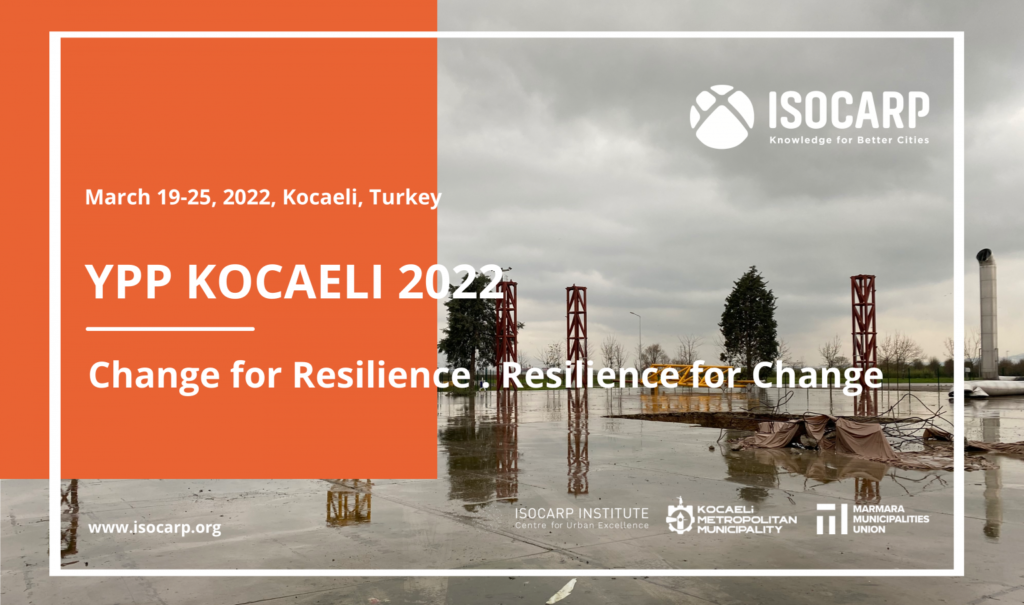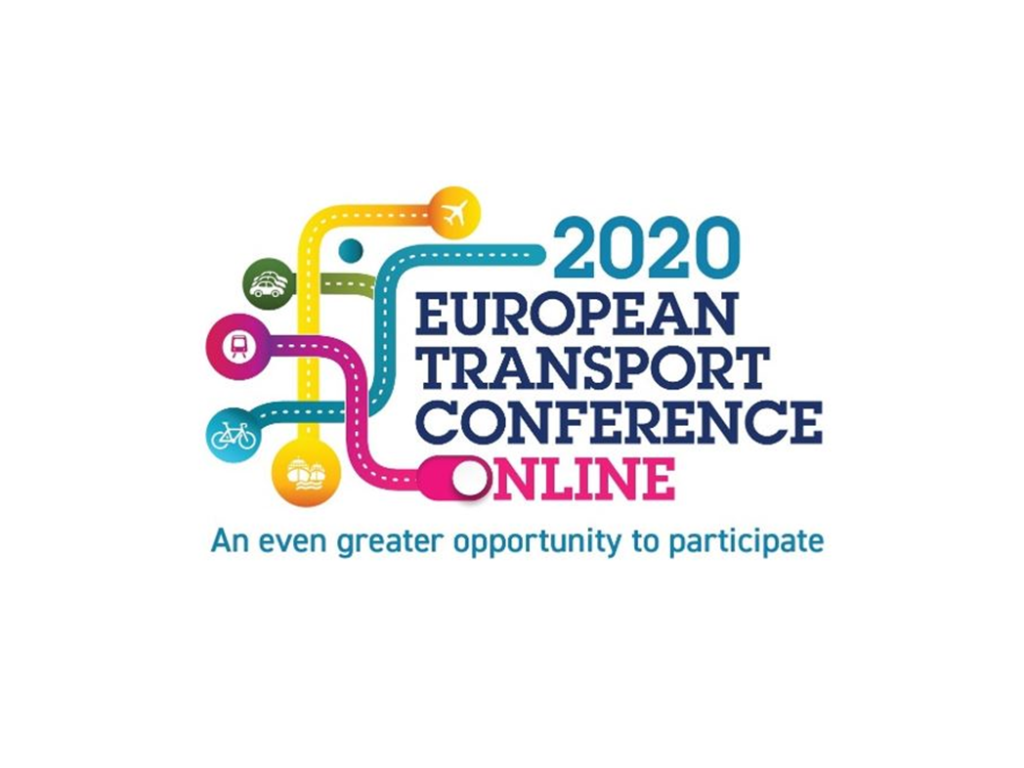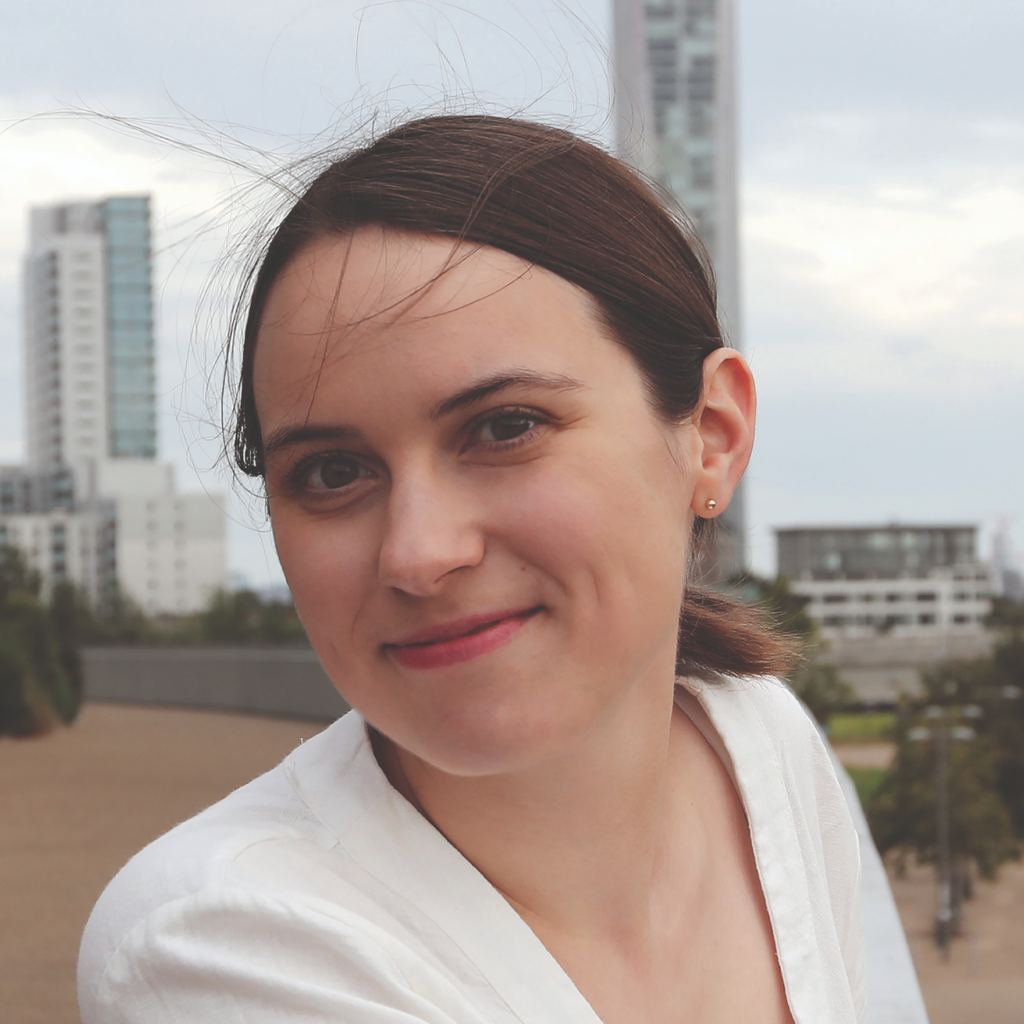7th April 2022
Isocarp workshop from March 19 to 25 in Kocaeli Turkey.
Georgies Srour participated in the workshop “Change for resilience Resilience for Change” held from March 19th to March 25th in Koaceli, Turkey. The workshop was organized by ISOCARP and kocaeli büyükşehir belediyesi (Kocaeli Municipality). With 25 young professionals coming from different backgrounds, cultures and countries, this workshop was a great opportunity to exchange about urban practice, challenges, and potential solutions.
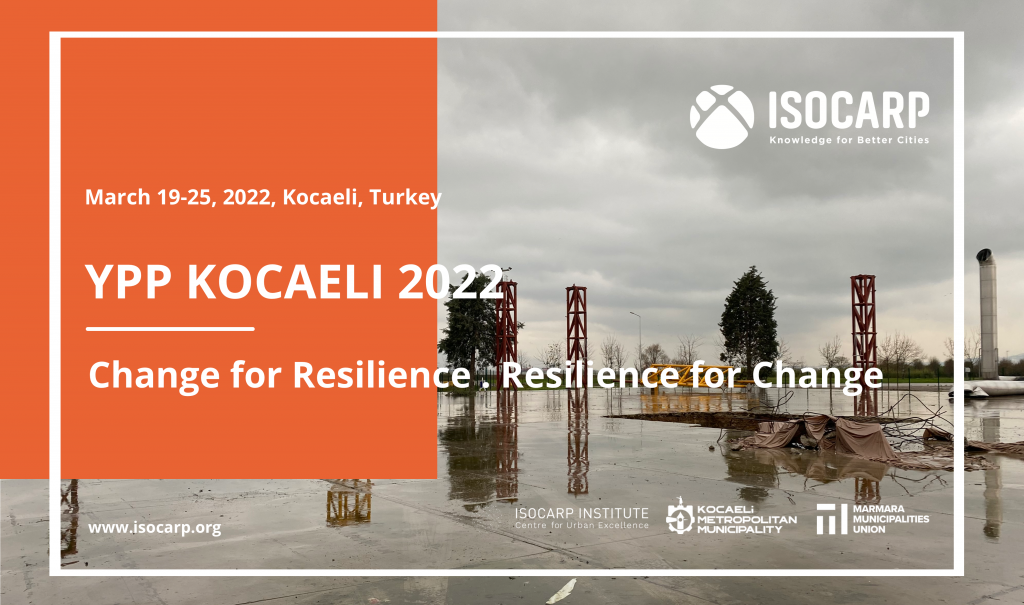
The site is in the city of Izmit in the Region of Kocaeli, adjacent to a protected wetland zone, an industrial zone and car reseller zones. The existing urban fabric is a hard-landscaped former industrial site , in addition a highway divides the site with the rest of the area, which conveys a violent contrast with the surrounding natural landscape.
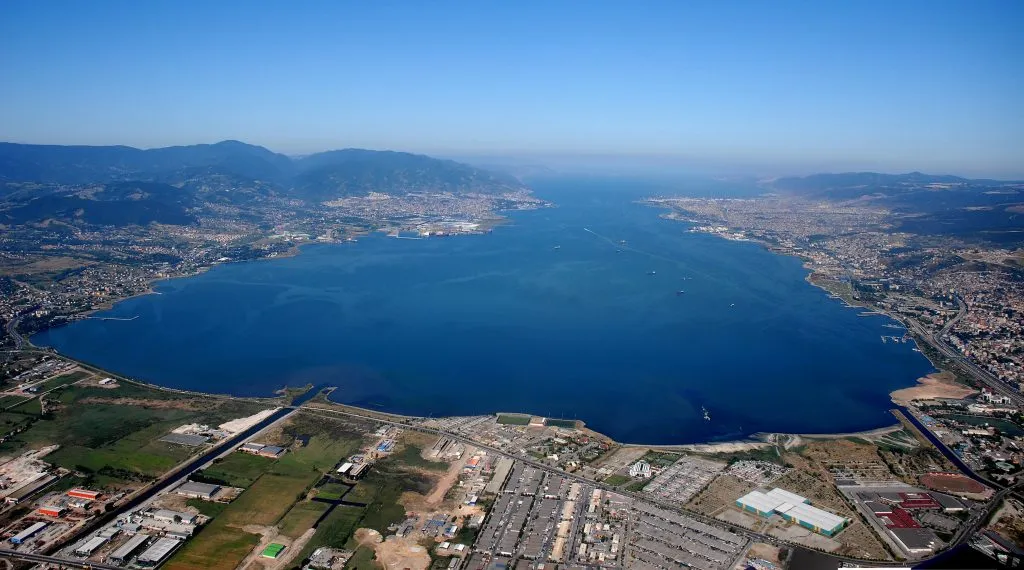
To answer these challenges, 5 teams were formed and each of the teams proposed a variety of concepts, from permeability, harmony between humans and nature to social justice. Georgies Srour was part of a multi-disciplinary team that adopted the theme “Memories in Movement, Flowing through spaces”
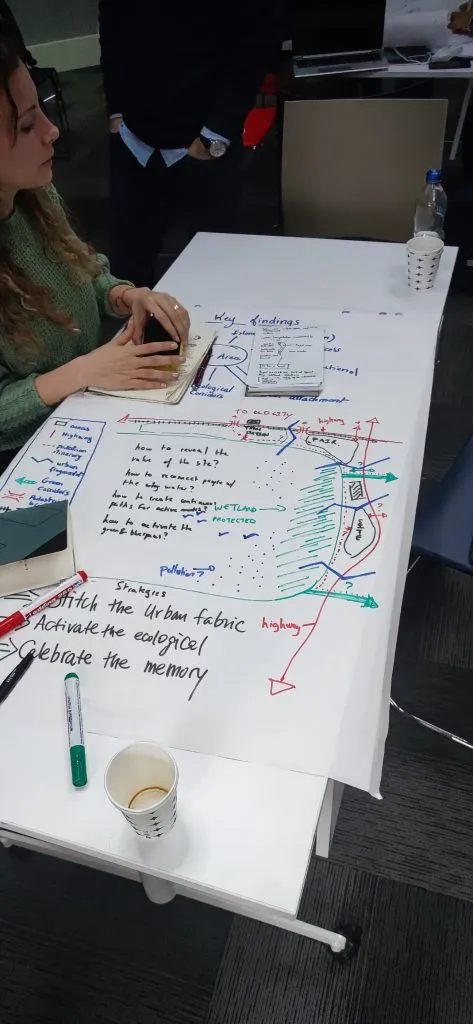
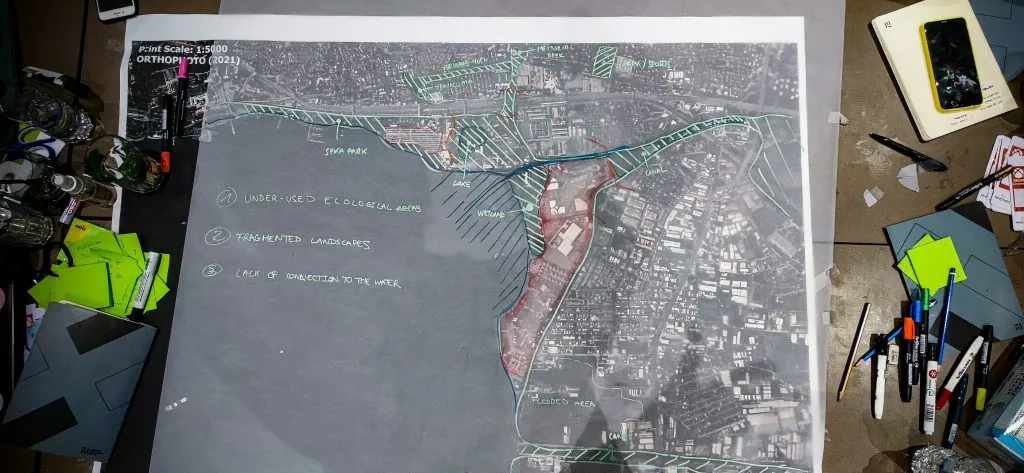
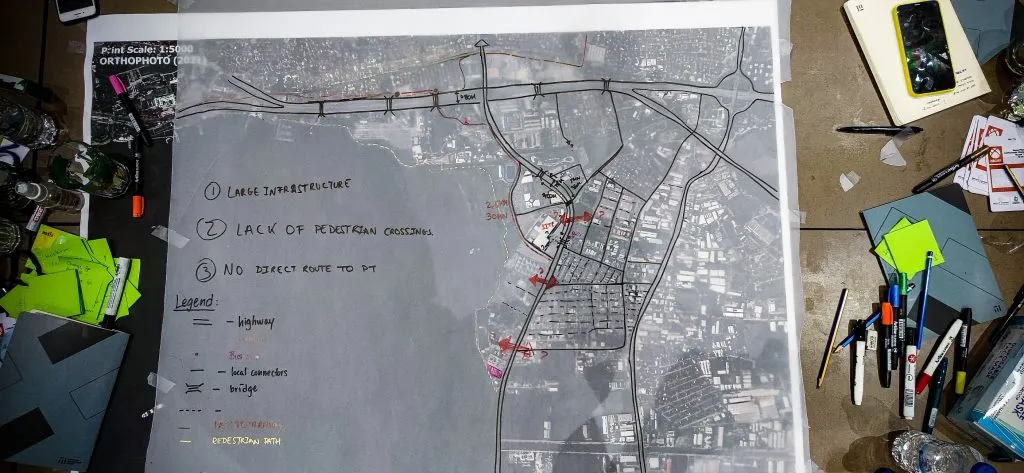
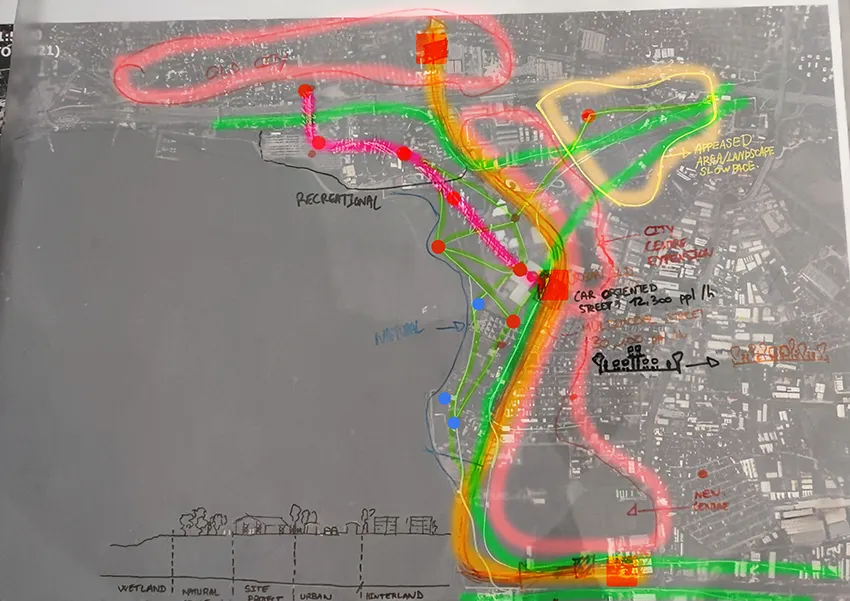
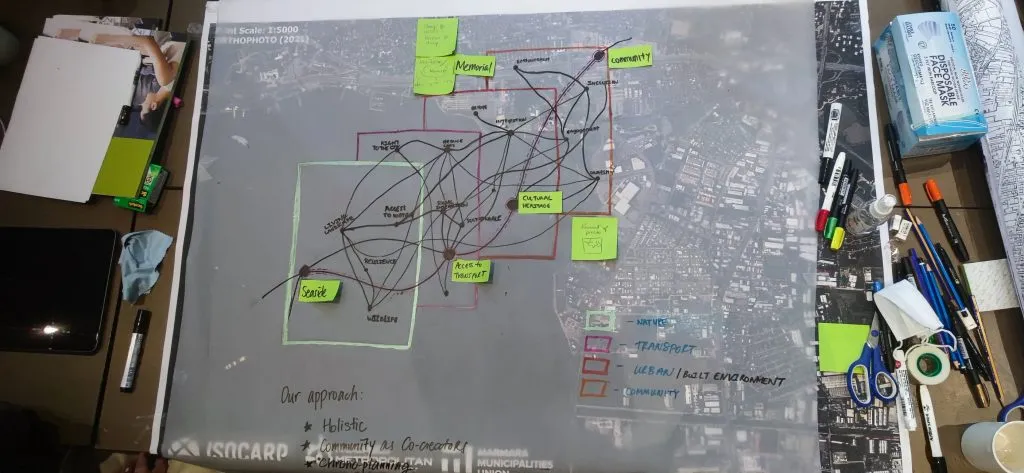
Memories are often associated with the past, but they are fluid in movement, and in space. Recreating connections between nature, urban spaces and communities is key to let memories and senses flow. This is why and how the concept of memories in movement: flowing through spaces came to life. Three objectives, restoring the ecology, restitching the urban fabric, and celebrating the site’s industrial history came naturally.
One of the key objectives is to create continuous natural spaces, where nature can express itself, where wildlife can move freely is the first intent to be able to restore the ecological memory of the site. Activating the variety of landscapes is the second intent to foster movement between them.
The second key objective is to create opportunities for interactions to create continuous active spaces. This can only be achieved by removing the highway, and replacing a car-centric approach with multi-modal transport planning. Relinking the old city and the new area with public transport, such as an extension of the tramway line will help activate the space.
Finally, reconnecting the history, celebrating the industrial past of the city is the final intent, reconciling inhabitants with their history is essential, so they can also give it a new meaning.
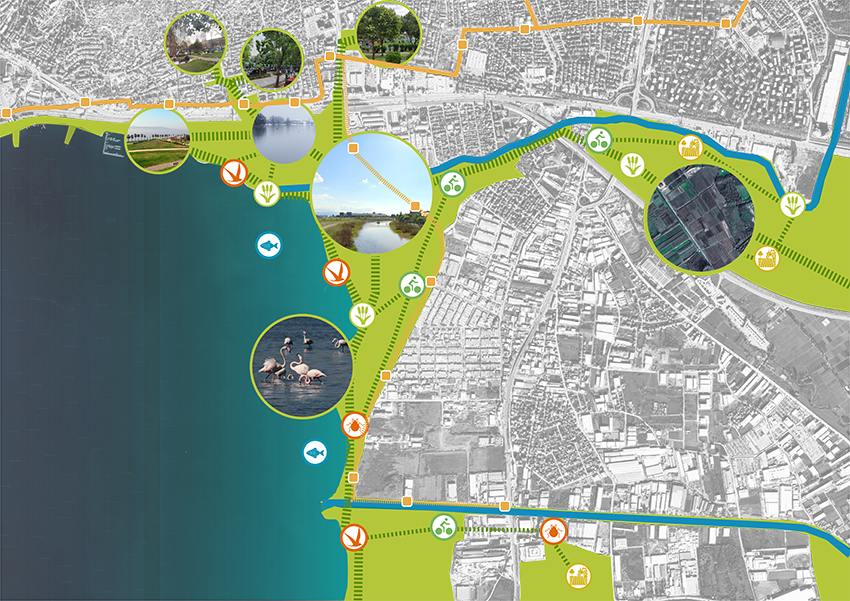
To embody this vision, the memory itinerary was conceived, whereby people can access the site with the tramway. It is envisaged that the site could host a fab lab, so that some production activities are retained within the city. Finally, letting nature retake its space and place is essential, and educational facilities can be designed so that people are more sensitive to the environment surrounding them.
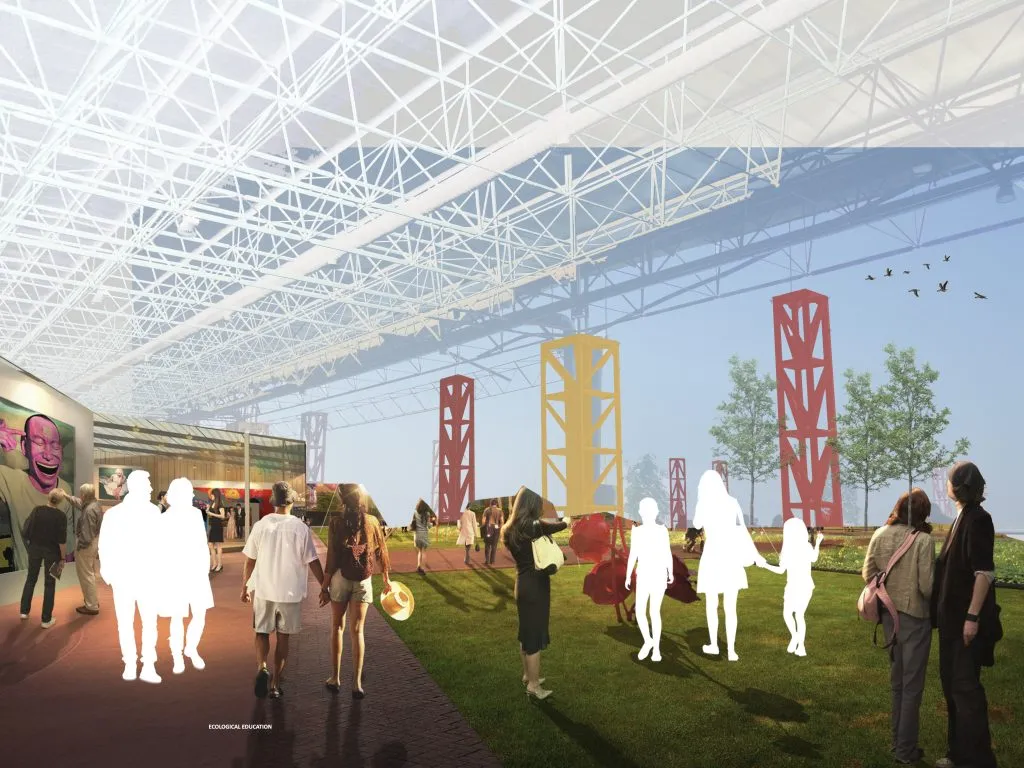
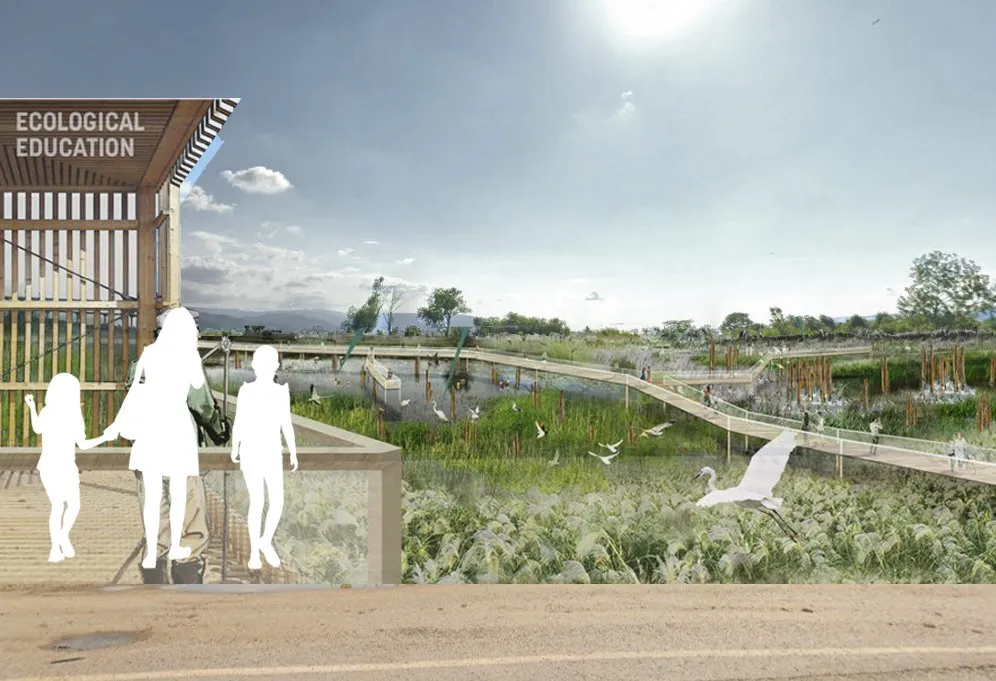
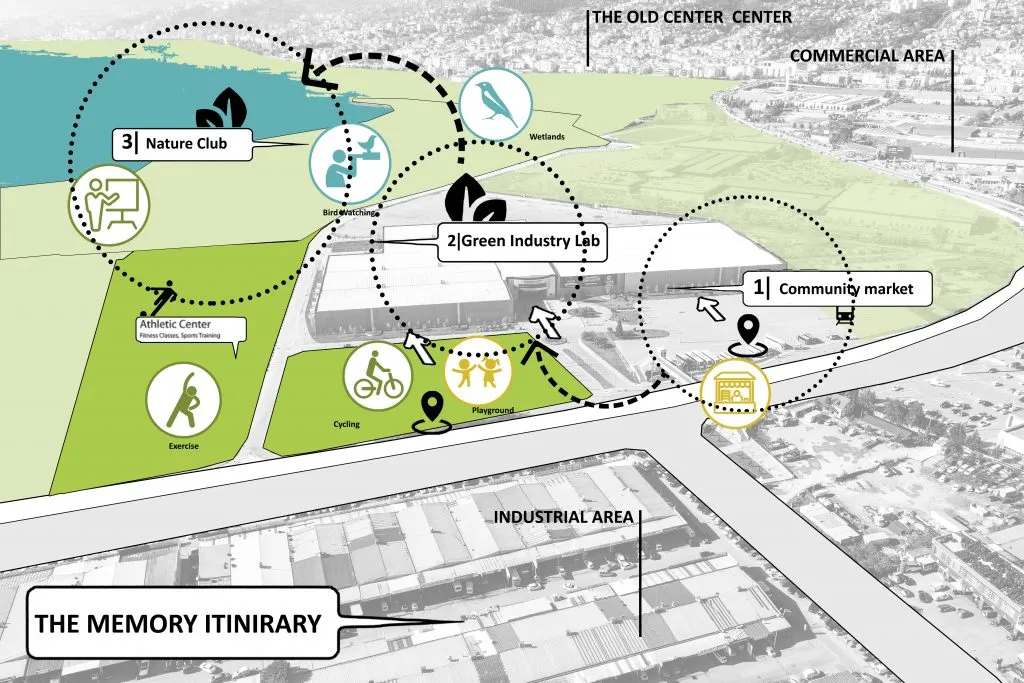
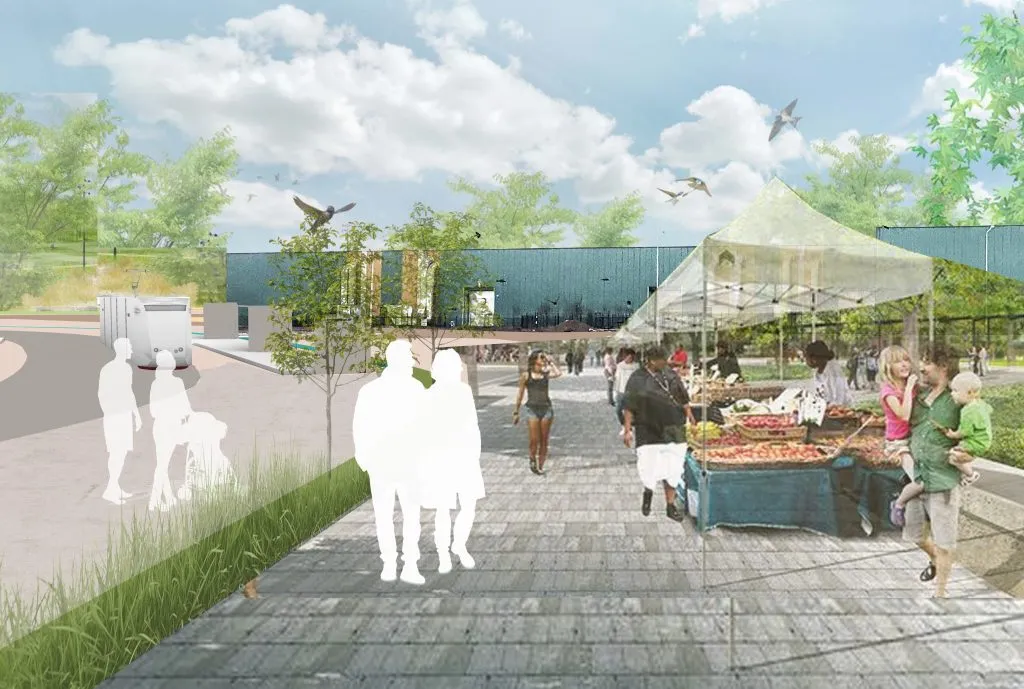
The teams presented their findings at the @Kartepe Zirvesi Summit on March 25th, to the @ kocaeli büyükşehir mayor @Tahir Büyükakın, other city officials, and international urban planners. This type of workshop encourages creativity, and the emergence of bold and radical concepts. Hopefully, the knowledge accumulated during this workshop can be potentially implemented into this and other projects to help us create better cities.
This workshop would not have been successful without ISOCARP, its coordinators and the dedication of Koaceli municipality.
